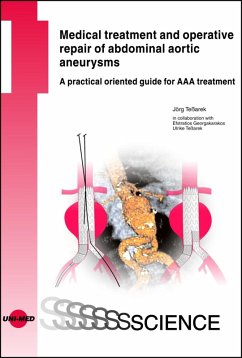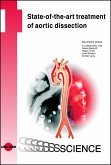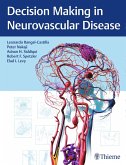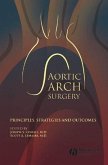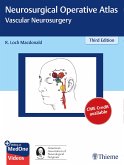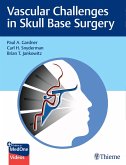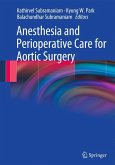The understanding of aneurismal disease has changed since the first description of an aneurysm by Vesalius in the 16th century. An aortic aneurysm independent from its extent is a strong marker for concomitant vascular diseases requiring further diagnostic steps and a dedicated therapy to reduce the risk of rupture and non aneurysm related death. During the last 60 years strong efforts have been undertaken to determine the best therapeutic options and to further reduce the risk of any of the operative strategies available today. This includes preoperative diagnostic steps, perioperative optimization of medical treatment and the choice of the most suitable operative approach, which might be either open surgery (OAR) or endovascular repair (EVAR/FEVAR). Aneurysm treatment will remain a team challenge and it mandates the highest level of the Rasmussen learning model: identification, analysis, planning, decision making, performance, feedback, problem analysis and solution. This more practically than scientifically orientated textbook presents the different options and pitfalls of aneurysm treatment based on the current guidelines and recommendations derivable from recently published scientific papers, studies and multicentric studies.
Dieser Download kann aus rechtlichen Gründen nur mit Rechnungsadresse in A, B, BG, CY, CZ, D, DK, EW, E, FIN, F, GR, HR, H, IRL, I, LT, L, LR, M, NL, PL, P, R, S, SLO, SK ausgeliefert werden.

